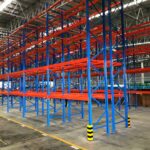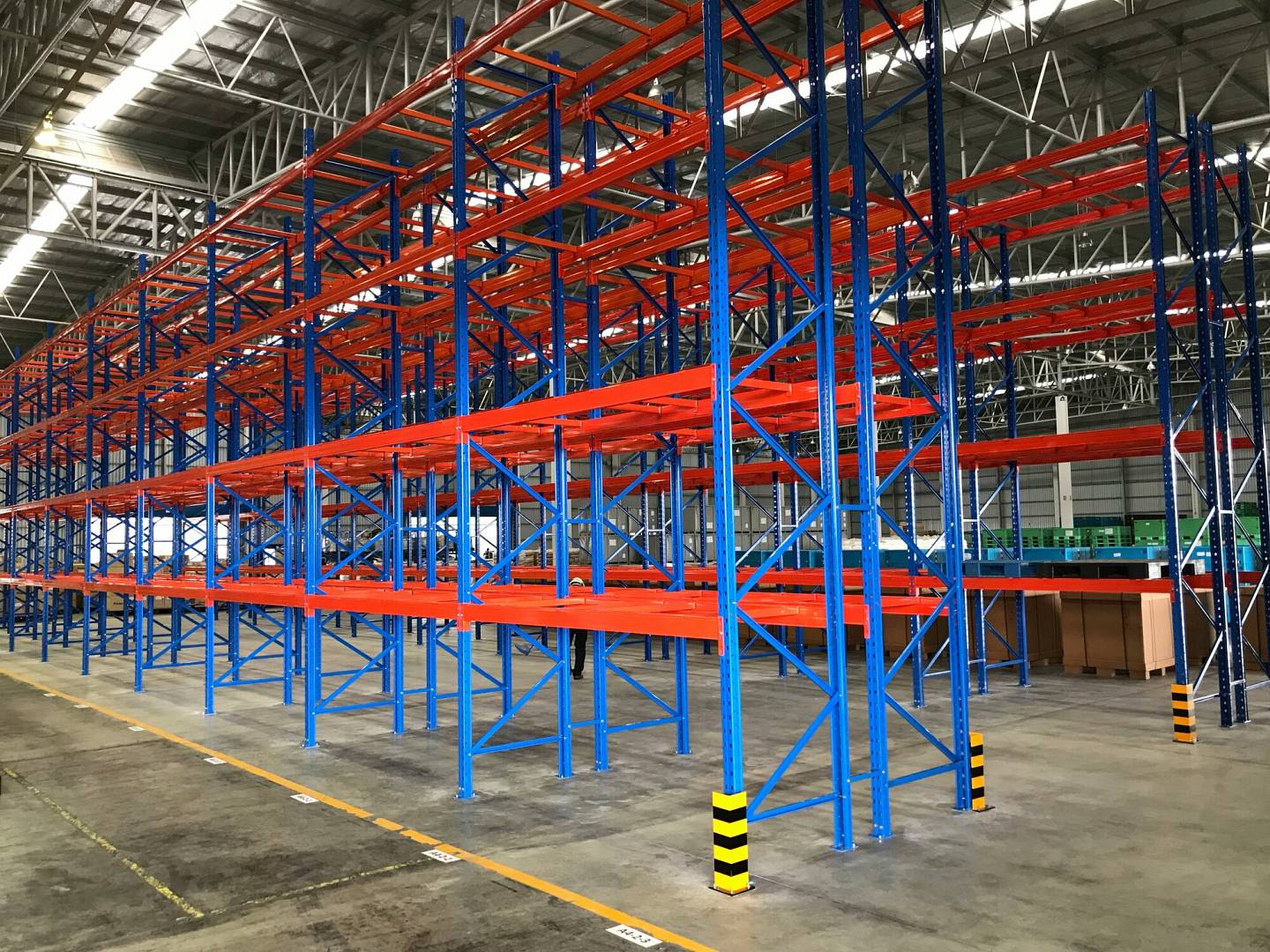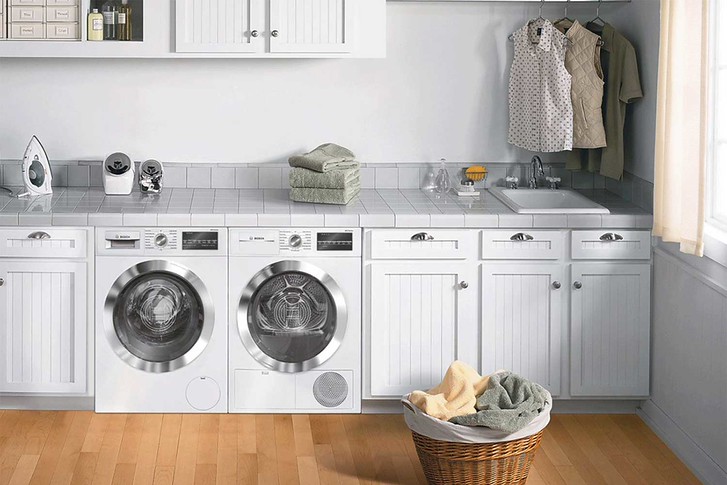Running an efficient warehouse is about balancing space, time, and safety. As businesses handle larger inventories and faster distribution cycles, traditional racking systems can quickly reach their limits. Many warehouses across the UK are now turning to drive in racking systems to improve storage capacity and streamline operations.
Drive in racking is a high-density storage solution designed for bulk goods and uniform pallet loads. It helps maximise available space while maintaining clear, organised workflows. For companies looking to increase efficiency without relocating or expanding their premises, it’s one of the most effective options available.
How Drive In Racking Works
Unlike conventional pallet racking, where pallets are stored on individual beams and accessed from aisles between each bay, drive in racking uses a series of deep lanes supported by horizontal rails. Forklifts drive directly into these lanes to load or retrieve pallets, which are stored several positions deep and stacked vertically.
This setup removes the need for multiple access aisles, allowing warehouses to use as much as 80 percent of their available floor area for storage. Because of its structure, drive in racking is especially suited to large volumes of similar products, such as food and drink items, building materials, or frozen goods.
The system typically operates on a last-in, first-out (LIFO) principle, where the last pallet placed into a lane is the first to be removed. However, it can also be configured for first-in, first-out (FIFO) storage if the warehouse layout allows access from both ends of the lane.
Improving Storage Density and Space Efficiency
Space efficiency is one of the main reasons businesses choose drive in racking. In most warehouses, aisles take up a significant percentage of the total floor area. By reducing the number of aisles required, drive in racking allows more pallets to be stored in the same footprint.
For businesses that rent space by the square metre, this improvement translates directly into cost savings. A warehouse using drive in racking can often double its storage density compared to standard adjustable pallet systems. This means less wasted space and fewer overheads tied to property size.
It’s especially valuable in temperature-controlled environments like cold storage or chilled distribution centres. Smaller storage zones are easier to keep at the correct temperature, reducing energy use and operational costs. Over time, this efficiency can make a measurable difference to the bottom line.
Streamlining Workflow and Reducing Handling Time
While drive in racking is designed for high-density storage, it also supports more efficient handling when set up correctly. Operators follow simple, repeatable loading and unloading routines that reduce travel distance and minimise confusion. This structure helps maintain a consistent pace and prevents bottlenecks during busy periods.
In operations where the same products are stored in bulk, such as manufacturing or wholesale supply, drive in racking supports faster pallet movement. Forklifts can access specific product batches directly, which reduces unnecessary trips and keeps aisles clear.
Integrating the system with warehouse management software (WMS) further enhances performance. By assigning specific products or batch codes to designated lanes, staff can locate and retrieve items with less guesswork. This improves order accuracy and cuts down on time spent searching for stock.
Safety and Best Practice in Operation
Safety is always a top priority when operating any warehouse racking system. With drive in racking, forklifts enter and exit the lanes, so clear safety procedures and proper training are essential. Operators need to be aware of load limits, height restrictions, and correct entry speeds to prevent collisions or structural damage.
The system itself is built to withstand heavy use, with steel uprights and horizontal rails that support large loads securely. Many warehouses add guide rails, pallet stops, and upright protectors to minimise impact damage. These accessories not only extend the lifespan of the racking but also reduce the risk of accidents.
Routine inspections are another key part of safe operation. Checking for damage, loose fittings, or worn components ensures the system remains stable. Keeping an inspection record and carrying out repairs promptly is good practice and helps maintain compliance with UK warehouse safety standards.
Supporting Long-Term Growth
Drive in racking is built for longevity. Its modular design allows for easy expansion as warehouse capacity needs increase. New lanes or levels can be added without a full redesign, helping businesses scale gradually instead of making large upfront investments in new space.
The durability of the steel structure means it can handle heavy use for many years with minimal maintenance. This makes it an ideal long-term solution for businesses with consistent, high-volume storage requirements.
Because of its flexibility, drive in racking can also support seasonal changes. For instance, food suppliers or retailers with peak trading periods can increase pallet density during busy months, then adjust layouts for easier access when demand slows down.
Comparing Drive In Racking with Other Systems
While drive in racking excels in density, it’s not a one-size-fits-all solution. Compared to adjustable pallet racking, it provides far higher storage capacity but slightly less accessibility. Each system has strengths depending on the type of operation.
-
Drive in racking is ideal for bulk, uniform goods that don’t require frequent picking from different pallets.
-
Adjustable pallet racking works better for mixed stock or where direct access to every pallet is essential.
-
Push-back or pallet flow systems offer a balance between density and accessibility but come at a higher installation cost.
In many modern warehouses, a combination of systems is used. Drive in racking handles high-volume storage zones, while adjustable pallet systems are placed closer to dispatch areas for faster-moving goods. This hybrid approach provides the best of both worlds.
Environmental and Cost Benefits
Efficient use of space has clear financial and environmental advantages. By increasing capacity within existing buildings, drive in racking reduces the need for new warehouse construction or relocation. This saves resources and helps lower a company’s overall carbon footprint.
In energy-intensive environments such as chilled storage, less space to cool means reduced power consumption. Additionally, the long lifespan of steel racking systems means less material waste over time, supporting more sustainable operations.
From a cost perspective, drive in racking offers an excellent return on investment. The initial installation cost is offset by improved storage efficiency, lower property expenses, and reduced handling time.
Final Thoughts
Drive in racking systems offer a smart way for UK warehouses to improve storage efficiency and streamline operations. By cutting down on wasted space and supporting structured workflows, they make warehouses safer, more productive, and more cost-effective.
The system’s combination of strength, simplicity, and adaptability makes it suitable for a wide range of industries, including food distribution, cold storage, and manufacturing. With proper installation, training, and maintenance, drive in racking can provide decades of reliable service.
For warehouses looking to store more stock without expanding their footprint, drive in racking remains one of the most practical and proven solutions available. It’s a straightforward way to make existing space work harder, improve safety, and prepare your operation for future growth.











